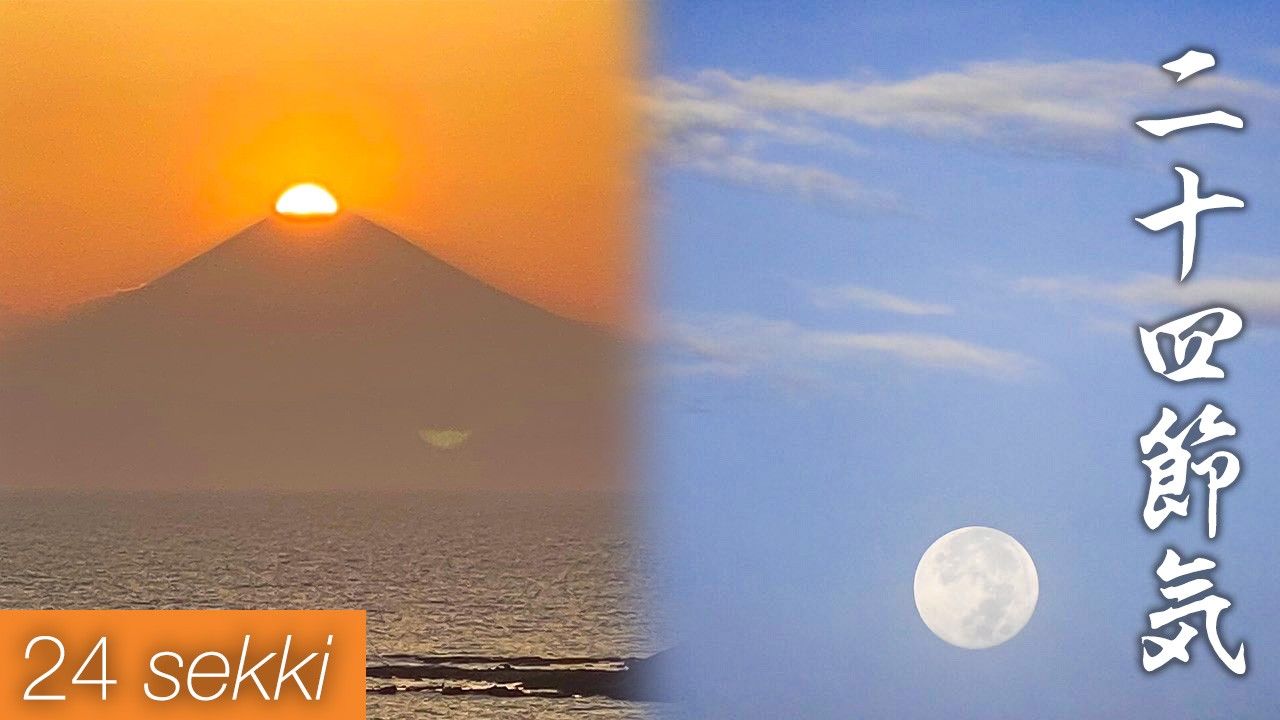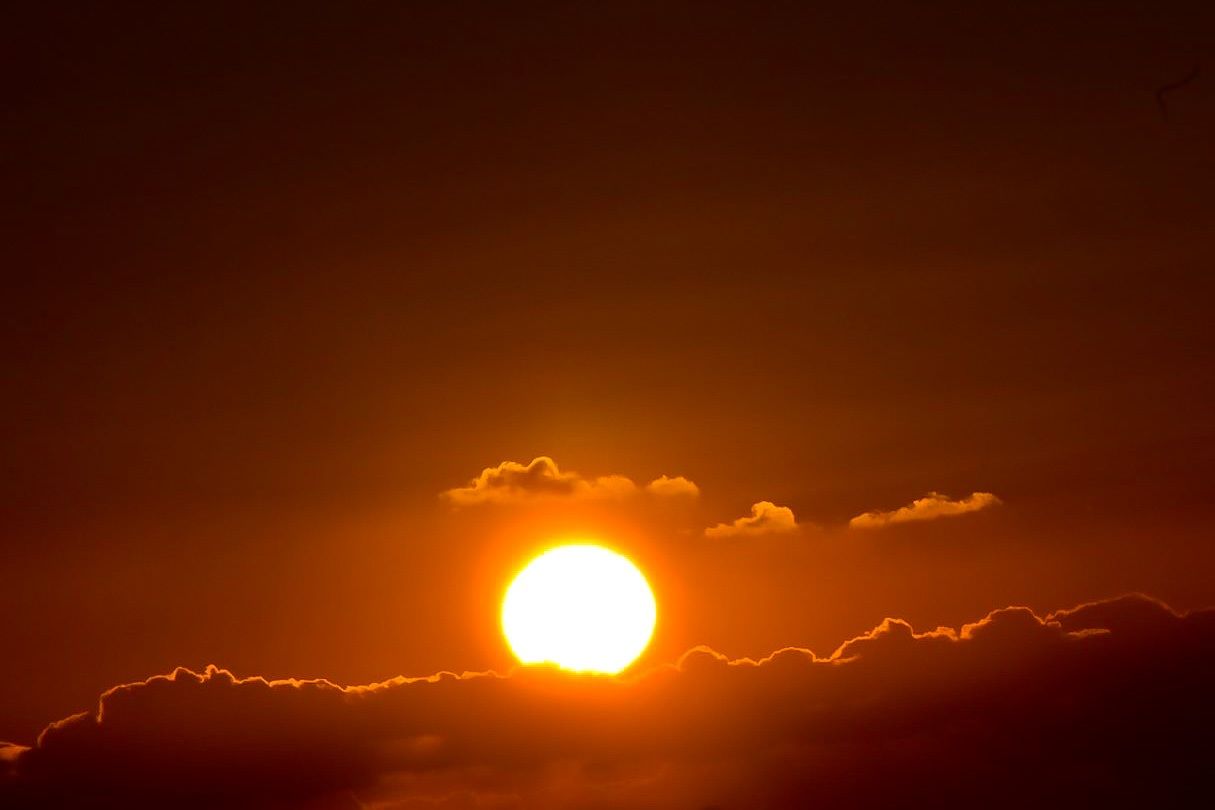
Japan’s 24 Solar Terms
Culture Lifestyle- English
- 日本語
- 简体字
- 繁體字
- Français
- Español
- العربية
- Русский
An Agrarian Yardstick
The fragrance of plum blossoms reminds us that spring is near. When leaves rustle in the breeze, we sense autumn’s arrival. Japan has traditional calendar systems that break the 4 seasons into 24 solar terms, which are still commonly invoked, and 72 shorter microseasons.
The 24 sekki can be traced back to ancient Chinese civilization in the Yellow River basin, over 2,500 years ago, and were introduced into Japan around the sixth century. The geographical differences between Japan and China give rise to a differing sense of the seasons, but over the centuries, the 24 solar terms, based on the movements of the sun and moon, were gradually adapted to Japan’s seasonal conditions.
The Japanese Calendar and the 24 Solar Terms
Japan adopted the solar-based Gregorian calendar in 1873, as the Meiji government implemented modernizing measures to align Japan with the West. Prior to that, Japan used a lunisolar calendar, based on the rhythms of the sun and moon. But as the old calendar shifted 11 days each year, it gradually conflicted with eclipses and other astronomical events, disrupting agriculture and daily life.
Today, Japan celebrates events such as Christmas and Valentine’s Day on fixed calendar dates, but in the past, when most people relied on agriculture for their livelihood, they needed a guideline for when to plow the fields, plants seeds, and so on. The 24 solar terms were therefore used to help people align their lives to the seasons.
How Were the 24 Divisions Devised?
The 24 sekki are based on the sun’s movements. One year is first marked by the winter and summer solstices, and the autumn and spring equinoxes. Between these are four divisions marking the start of each season. The eight segments are divided in three parts, each named after seasonal characteristics. This creates 24 periods of about 15 days each.
In this series, we will explore customs, festivals, foods, flowers and birds each solar term is renowned for. Today, many people work on computers or operate machinery all day, but we hope that the terms described in our articles will encourage reflection on the rhythms of nature, and observation of the seasons in one’s own life.
(Note that dates for each of the 24 solar terms vary one or two days each year.)
| Sekki (Solar Term) | Notes | Approximate date |
|---|---|---|
| Spring | ||
| 立春 Risshun (Beginning of spring) | The traditional New Year. | February 4 |
| 雨水 Usui (Rainwater) | Snow melts into water. | February 19 |
| 啓蟄 Keichitsu (Insects awaken) | Insects emerge from the ground. | March 6 |
| 春分 Shunbun (Spring equinox) | March 21 | |
| 清明 Seimei (Pure and clear) | Plants flower. | April 5 |
| 穀雨 Kokuu (Grain rains) | Spring rains and seed sowing. | April 20 |
| Summer | ||
| 立夏 Rikka (Beginning of summer) | May 6 | |
| 小満 Shōman (Lesser ripening) | Plants come into full leaf. | May 21 |
| 芒種 Bōshu (Grain beards and seeds) | Time to plant rice seedlings. | June 6 |
| 夏至 Geshi (Summer solstice) | June 21 | |
| 小暑 Shōsho (Lesser heat) | End of the rainy season. | July 7 |
| 大暑 Taisho (Greater heat) | Hottest time of the year. | July 23 |
| Autumn | ||
| 立秋 Risshū (Beginning of autumn) | August 8 | |
| 処暑 Shosho (Manageable heat) | Hot weather abates. | August 23 |
| 白露 Hakuro (White dew) | Dew forms on the leaves. | September 8 |
| 秋分 Shūbun (Autumn equinox) | September 23 | |
| 寒露 Kanro (Cold dew) | Weather becomes colder. | October 8 |
| 霜降 Sōkō (Frost falls) | The season of frost. | October 24 |
| Winter | ||
| 立冬 Rittō (Beginning of winter) | November 8 | |
| 小雪 Shōsetsu (Lesser snow) | Snow appears on distant mountains. | November 22 |
| 大雪 Taisetsu (Greater snow) | Cold winds blow from Siberia. | December 7 |
| 冬至 Tōji (Winter solstice) | December 22 | |
| 小寒 Shōkan (Lesser cold) | Cold weather nears its peak. | January 6 |
| 大寒 Daikan (Greater cold) | Coldest time of the year. | January 20 |
(Translated from Japanese. Supervised by Inoue Shōei, a calendar researcher and author, Shintō priest, and guest lecturer at Tōhoku Fukushi University. Banner photos: Sunset over Mount Fuji and mid-autumn full moon. © Nippon.com.)
